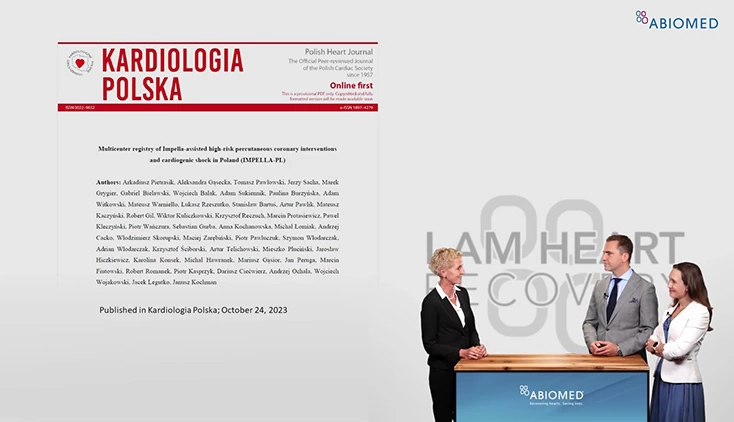Protected PCI
Specific Clinical Vignettes in High-Risk Protected Percutaneous Coronary Intervention
by Vasileios Panoulas, Sian-Tsung Tan, Jonathan Hill, and Giuseppe Tarantini
This article presents 3 case vignettes that provide practical insights and reinforce best practices. The authors emphasize that several cardiac and patient-related factors come into play when considering patients for Protected percutaneous coronary intervention (PCI).
- Cardiac factors include complexity/location of coronary lesions, the degree of left or right ventricular impairment, the presence of valvular lesions, and ventricular arrhythmias.
- Patient-related factors include comorbidities placing patients at higher risk of death should cardiogenic shock ensue during the procedure.
- Comorbidities include chronic lung disease, renal or liver impairment, other cardiovascular diseases, diabetes, frailty, and advanced age.
In each of these 3 vignettes, left ventricular support was deemed appropriate to reduce peri-procedural risk and optimize outcome.
“There are several occasions where LV support with pVAD use can facilitate complex PCI in various subgroups of high-risk patients.”
Case 1. An 88-year-old male who lived on his own, carried out all daily activities, and walked without aid, presented with NSTEMI and decompensated heart failure (HF). He had significant LV impairment with ejection fraction (EF) of 30% and moderate mitral regurgitation (MR). The heart team agreed on Protected PCI and transcatheter aortic valve implantation (TAVI) using single access. The patient did not experience any hemodynamic instability with Impella CP® pump during stenting. Impella pump was removed and an Edwards SAPIEN 3 29 mm valve was implanted without complications. Post-procedural echo on day 2 revealed well-seated TAVI and LVEF improved to 40% with only mild MR. The patient was discharged day 3 post-procedure and was doing well at 1-year follow-up with no significant cardiovascular symptoms.
Case 2. A 75-year-old male presented with NSTEMI, preserved LV function, and mild aortic and mitral regurgitation. The heart team agreed surgery was the best option and the patient underwent off-pump bypass graft surgery. On day 3 post-op the patient developed pulmonary edema and cardiogenic shock with dynamic global ST depression and severe LV failure (EF 15%). Lactate levels were rising as were inotropic requirements. The patient was urgently transferred to cath lab for PCI and stenting with Impella CP heart pump support. The Impella pump was removed at bedside 3 days later and the patient’s LV recovered to 40% pre-discharge 9 days following percutaneous procedure.
Case 3. An 83-year-old female was admitted with significant dyspnea due to congestive cardiac failure (CCF) and was treated for NSTEMI and CCF. She underwent Protected PCI with Impella CP pump with rotablation, Shockwave, and IVUS-guided deployment of drug-eluting stents. The Impella heart pump was removed at the end of the case and the patient went home 5 days later in good functional status.
Sign up for Latest Updates
NPS-3418



